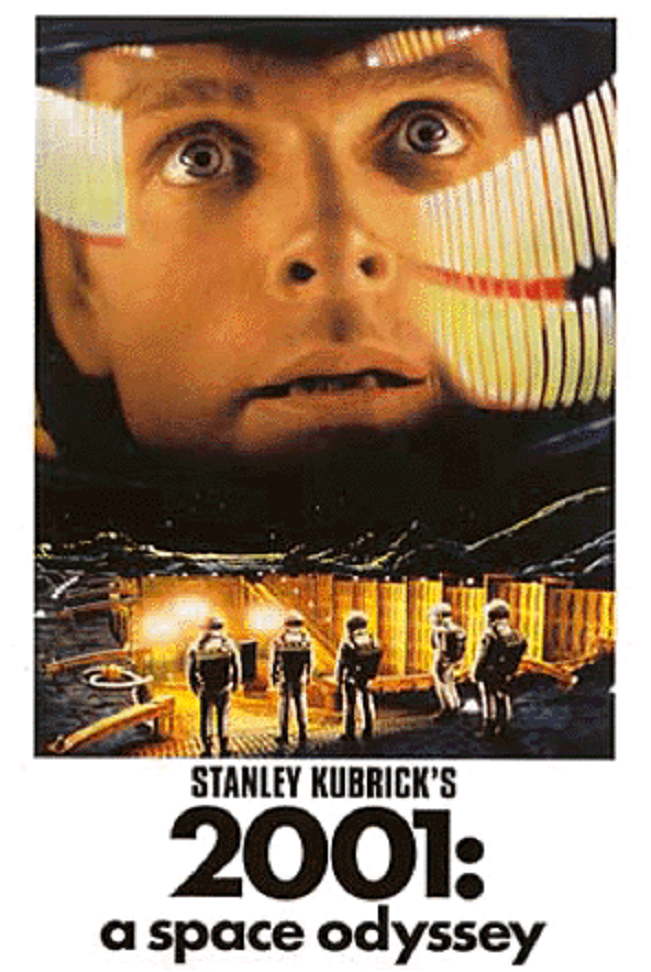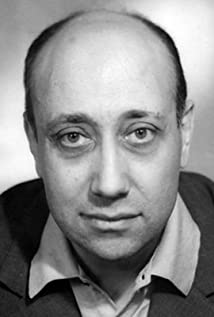Jean-Pierre Melville
The name "Melville" is not immediately associated with film. It conjures up images of white whales and crackbrained captains, of naysaying notaries and soup-spilling sailors. It is the countersign to a realm of men and their deeds, both heroic and villainous. It is the American novel, with its Ishmaels and its Claggarts a challenge to the European canon. It is Herman Melville. And yet, for over three decades, it was also worn by one of the French cinema's brightest lights, Jean-Pierre Melville, whose art was as revolutionary as that of the eponymous author.
Jean-Pierre Grumbach was born on October 20, 1917, to a family of Alsatian Jews. In his youth he studied in Paris, where he was first exposed to great films, among them Robert J. Flaherty's and W.S. Van Dyke's silent documentary White Shadows in the South Seas (1928). It left so deep a mark upon the pubescent Grumbach that he became a regular at the cinema, an obsession that would benefit him in adulthood. His own earliest efforts, 16mm home movies, were made with a camera given to him by his father in this period. In 1937, however, his career was forestalled when he began obligatory service in the French army. He was still in uniform when the Nazis invaded in 1940; under the nom de guerre of Melville, he aided the Resistance and was eventually forced to flee to England. There he joined the Free French forces and took part in the Allies' liberation of continental Europe. After the war, despite a desire to revert to Grumbach, he found that pseudonym had stuck.
Eager to earn his place in the movie industry, Melville applied to the French Technicians' Union but was denied membership. Undaunted by what he regarded as party politics, he set up his own production company in 1946 and started releasing films outside the system. The first, a low-budget short titled 24 Hours in the Life of a Clown (1946), was a success, inspired by his boyhood love for the circus. His feature-length debut, Le Silence de la Mer (1949), was highly innovative. An intimate piece on the horrors of World War II, it starred unknown actors and was filmed by a skeleton crew. Its schedule was unusual: It was shot over 27 days in the course of a year. Its production was unusual: it incorporated "on-location" scenes--rarities in that era--done without vital permits. Its provenance was unusual: it was adapted from a book before the author's consent was obtained. Above all, its style was unusual. Its dark, claustrophobic sets and bottom-lit close-ups signaled a departure from the highly cultured cinema of René Clair, Marcel Pagnol, Abel Gance and Jacques Feyder. It was neither comedietta nor costume drama nor avant-garde "cinéma pur." Where its roots may have been in Jean Renoir's La Grande Illusion (1937), it was clearly something new.

